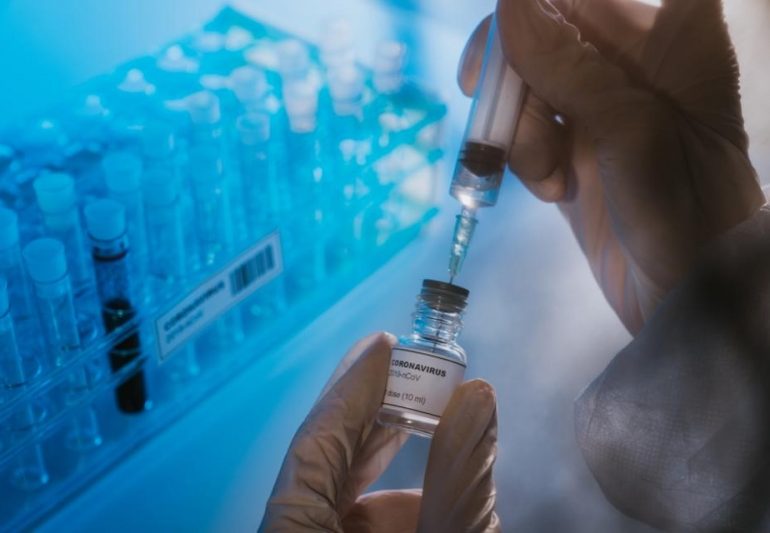In the microworld of disease, our enemies sometimes become our saviors. To beat the COVID-19 causing coronavirus, SARS-CoV-2, researchers are focused on recruiting other viruses to go to war on our behalf, but time isn’t on our side.
Our track record of using viruses to defeat other micro-killers is anything but flawless, but we’ve had some notable wins. Viruses have been engineered to destroy deadly bacteria, for example, when our standard antibiotic weapons failed. The trick is using a virus that won’t do damage of its own, while serving as a Trojan horse to dismantle our enemy from within.
To accomplish this mission against SARS-CoV-2, that virus may be parainfluenza virus 5 (PIV5), believed to cause kennel cough in dogs but appears harmless in people. A recent study tested using PIV5 to deliver a vaccine against the coronavirus that causes MERS (Middle East Respiratory Syndrome), a lethal virus that triggers severe lung disease.
“We know people have been exposed to PIV5, but it seems to be an innocuous virus in humans,” said study co-lead Paul McCray, M.D., a pediatric pulmonologist and coronavirus expert at the University of Iowa.
While most of the world has so far escaped exposure to MERS, it has caused a 30% mortality rate in countries unfortunate enough to suffer an outbreak.
Researchers used mice as the test subjects for the vaccine, but the MERS virus can’t replicate in mice, so the team genetically engineered the mice to express a protein used by MERS to enter human cells. A single dose of the intranasal vaccine caused infected cells to produce a “spike protein” (aka S-protein), which triggered an immune response and the development of antibodies against the virus.
The mice were exposed to the MERS virus four weeks after getting the vaccine. Another group of mice was given a version of the vaccine with inactivated MERS virus, administered with an intramuscular shot, and also exposed to MERS four weeks later.
All of the mice that received the intranasal PIV5 S-protein vaccine survived MERS infection. All of the mice that received the inactivated form of the vaccine died from lethal infection. The researchers noted that the mice that received the vaccine with inactivated MERS had especially high levels of white blood cells indicative of inflammation.
This early win for the vaccine in mice suggests that PIV5 might also be a good candidate for delivering a vaccine against coronaviruses in humans, but there’s significant work left to be done before knowing for sure.
Unfortunately, we don’t have much time to find out.
“One hundred percent of the population is not going to be exposed to the virus [that causes COVID-19] the first time around, which means there will be more people to infect when it comes again,” said Dr. McCray in a press statement. “We don’t know yet if people get lasting immunity from the SARS-CoV-2 infection, so it’s important to think about ways to protect the population.”














